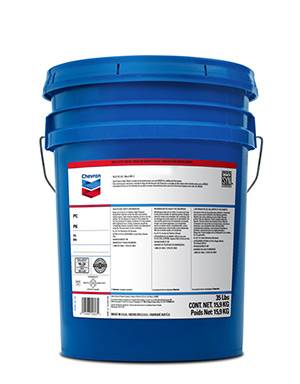دېكابىر . 07, 2024 03:29 Back to list
hdpe spec sheet
Understanding HDPE Specifications A Comprehensive Overview
High-Density Polyethylene (HDPE) is a widely utilized thermoplastic polymer known for its durability, strength, and versatility in various applications. It has become a preferred material in multiple industries, including packaging, construction, and agriculture. Understanding HDPE specifications is crucial for manufacturers and engineers as they determine the material's performance and suitability for specific applications. This article delves into the significance of HDPE, its key specifications, and how they influence its applications.
What is HDPE?
HDPE is a type of polyethylene characterized by its high-density molecular structure, which contributes to its robust mechanical properties. It is produced through the polymerization of ethylene gas, and its molecular arrangement provides excellent rigidity and resistance to impact and moisture. HDPE is also resistant to many chemicals, making it suitable for diverse applications, from plastic bottles and piping systems to geomembranes used in landfill lining.
Key Specifications of HDPE
1. Density The density of HDPE typically ranges from 0.93 to 0.97 g/cm³. This property plays a crucial role in determining the material's strength and weight, influencing its application suitability. Higher density generally translates to better strength and chemical resistance, while lower density allows for more flexibility.
2. Melt Flow Index (MFI) The MFI measures the flow rate of melted HDPE through a die at a specific temperature and pressure. This index helps manufacturers understand how well the material will process, with lower MFI values indicating a more viscous material that is ideal for applications requiring high strength, while higher MFI values indicate a more fluid material suitable for intricate mold designs.
3. Tensile Strength Tensile strength is the maximum stress that a material can withstand while being stretched or pulled before breaking. HDPE boasts impressive tensile strength, typically ranging from 20 to 37 MPa, depending on the grade. This attribute is particularly vital for applications where the material will bear loads or undergo stress.
hdpe spec sheet

4. Impact Resistance HDPE is known for its high impact resistance, making it an ideal candidate for products that must endure physical stress and potential breakage. The material’s ability to absorb shocks without cracking is a significant reason why it is used in applications from jerry cans to automotive parts.
5. Temperature Resistance HDPE shows excellent performance across a wide temperature range. Its typical operational temperature spans from -100°F to 120°F (-73°C to 49°C), allowing it to function effectively in various environmental conditions, from cold storage to warm climates.
6. Chemical Resistance One of the notable features of HDPE is its resistance to various chemicals and solvents. This property allows it to be used in environments where exposure to acids, bases, and salts occurs, making it suitable for pipes transporting aggressive fluids and containers for chemical storage.
7. UV Resistance While standard HDPE may degrade when exposed to UV radiation, additives can enhance its resistance. This specification is crucial for outdoor applications where prolonged sunlight exposure can weaken the material over time.
Applications of HDPE
Given its favorable properties and specifications, HDPE is employed across numerous industries. In the packaging sector, it is used for manufacturing bottles, milk jugs, and containers due to its strength and safety characteristics. The construction industry benefits from HDPE's durability in products such as piping systems and geomembranes for waterproofing. Additionally, HDPE is extensively utilized in agriculture for irrigation systems, and in the automotive industry for fuel tanks and interior components.
Conclusion
Understanding HDPE specifications allows manufacturers to select the appropriate grade of HDPE for their specific applications, ensuring optimal performance and longevity. With its high density, strength, and versatility, HDPE continues to be a vital material in both traditional and innovative applications. As technology advances, further enhancements in HDPE properties may lead to even more diverse and efficient uses in the future, solidifying its position as a crucial polymer in modern industry. Whether you are involved in manufacturing, construction, or product design, familiarity with HDPE specifications can significantly influence the success of your projects.
-
HDPE Natural Sheet: Durable, Food-Grade & Versatile Plastic Solutions
NewsAug.27,2025
-
Durable Glossy PVC Rigid Sheet | Premium High-Shine Panels
NewsAug.26,2025
-
Durable PP Rigid Sheet: Lightweight, Chemical Resistant Solutions
NewsAug.21,2025
-
PVC Grey Sheet for Extraction: Chemical Resistant & Durable
NewsAug.19,2025
-
Durable PVC Pipe Fittings for Plumbing & Irrigation Needs
NewsAug.18,2025
-
HDPE Steel Belt Reinforced Spiral Corrugated Pipe | High Strength
NewsAug.17,2025

